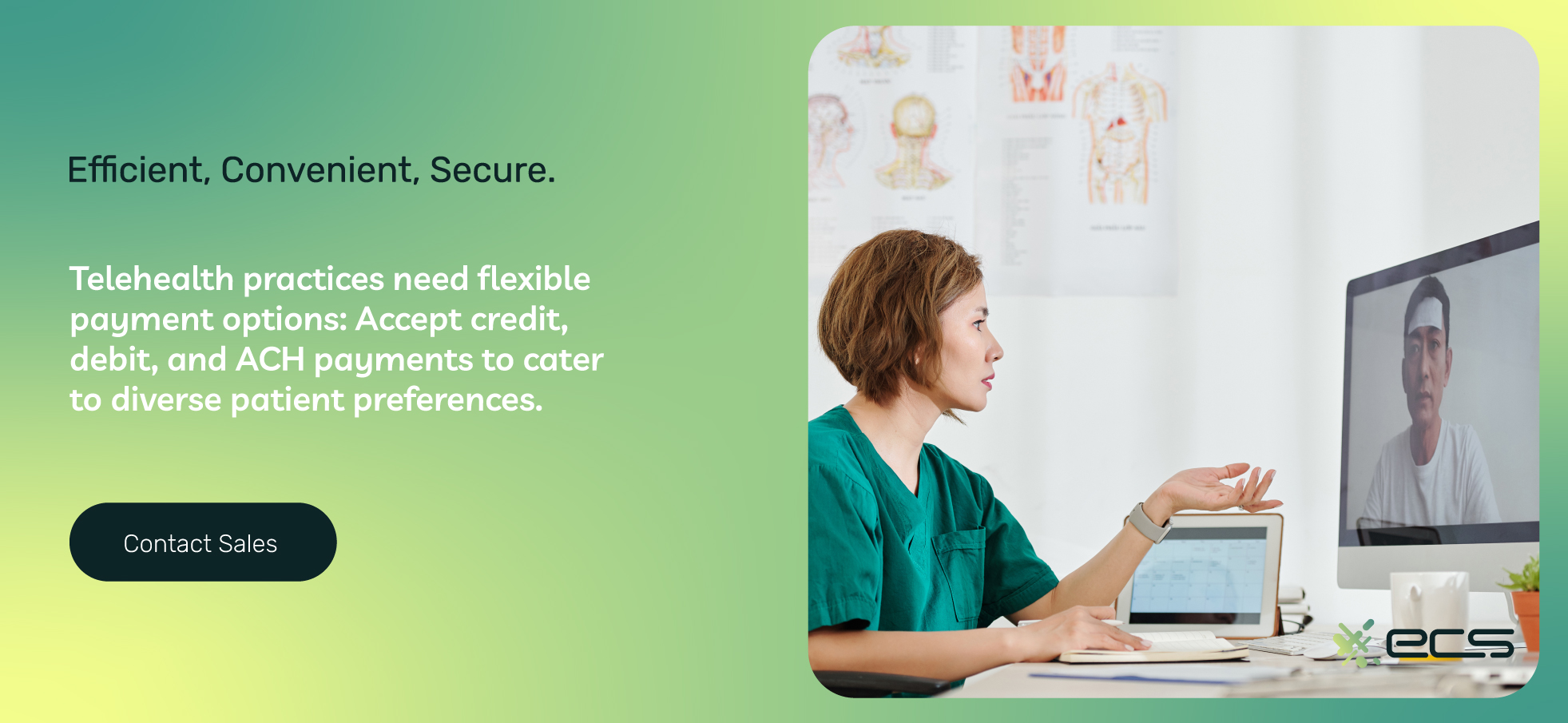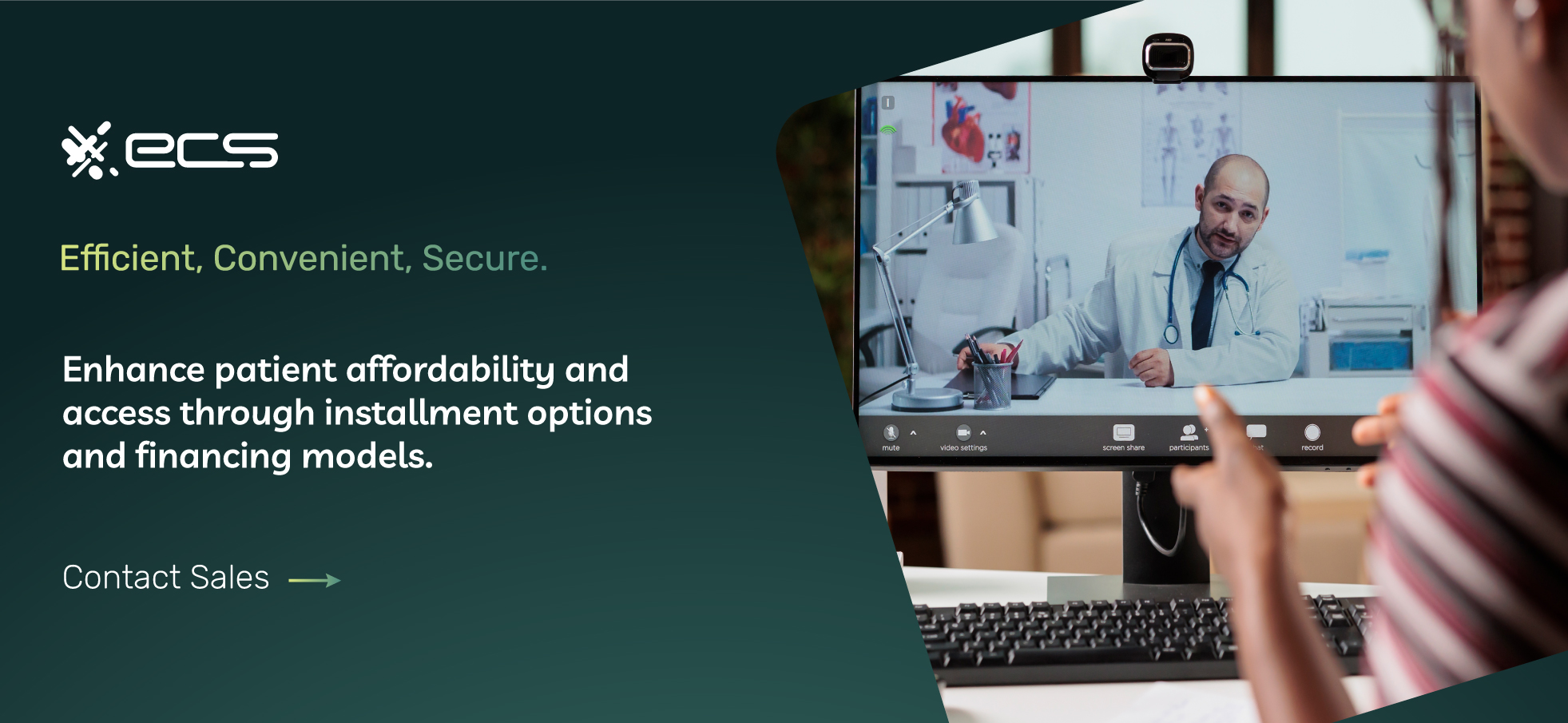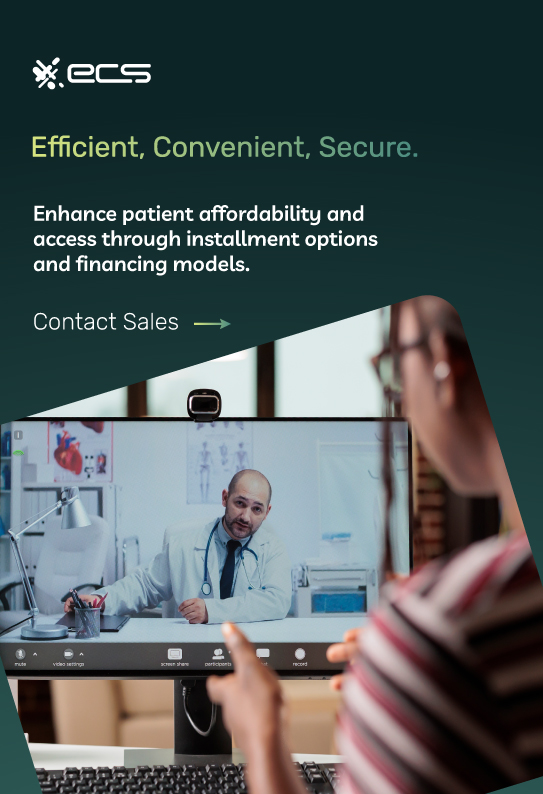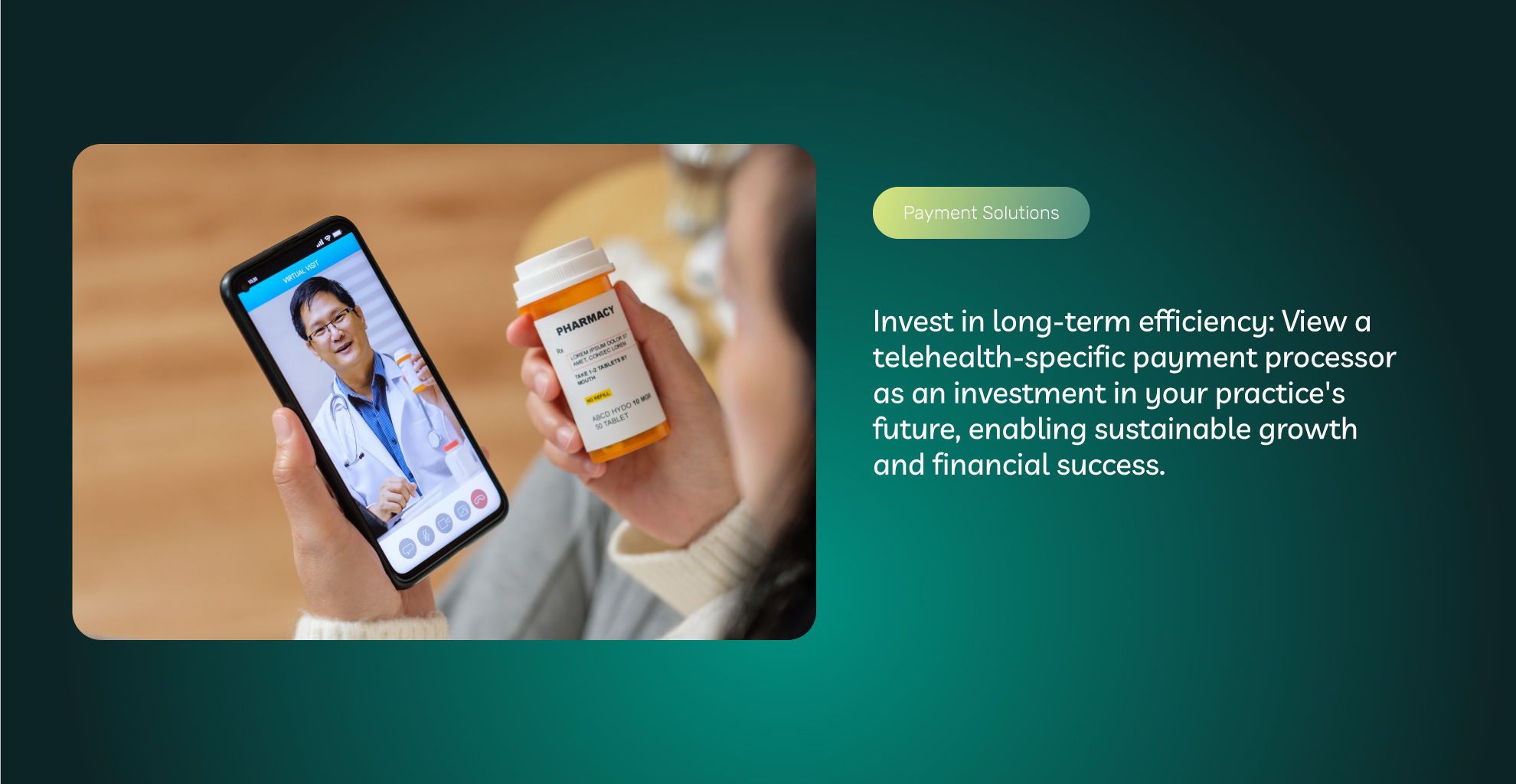Remember the days when doctors made house calls? Probably not. Doctors stopped making house calls in the 1960s. There were several reasons for this, including increased specialization and the economic efficiency of seeing multiple patients in one location: the office. But house calls are making a comeback in the healthcare industry because of telemedicine.
What is Telemedicine?
Telemedicine or telehealth is a catchall term for remotely communicating with a healthcare provider. Examples of telehealth can include phone calls, video calls, emails, and even text messages. Providers can use telemedicine to assess and diagnose patients.
Through telehealth, teladoc providers can access software to facilitate the initiation of treatment plans and provide a venue for health education. They can also use it to troubleshoot health issues. And in rare instances, to perform advanced surgeries.
Experts have already valued the global telehealth market at over $87 billion in 2022, and they expect it to surpass $286 billion in 2030 at a CAGR of 17.2%. The most notable players in the healthcare market are a mix of recognized names in the tech space and industry-specific startups. At 33%, Zoom overwhelmingly claims the most sizable market share, followed by Cisco (12%), Teladoc (10%), Phillips (6.5%), and Microsoft (4.8%).
Yes, the Pandemic Made Telehealth Explode
Telehealth certainly saw an explosion in usage during the COVID-19 pandemic. During this time, its most common applications were for internal medicine (31%), preventative medicine (14%), psychiatry (10%), and surgery (9%). Other specialties included Dermatology (6%), pediatrics (4%), and gynecology (3%), which probably made for some interesting video calls.
Telemedicine seemed to cool off as the pandemic wound down. But while it may not be seeing pandemic-era increases, it has stabilized. Common telehealth technology examples, such as Zoom, Teladoc, Teams, and more, have played a pivotal role in this stabilization. Ultimately, telehealth is 38 times more in demand than in 2019.
Consulting firms like McKinsey and Company have conjectured that the reason for this stability is (1) increased consumer willingness to participate in telemedicine combined with (2) increased provider willingness to offer telehealth in a climate of (3) improved regulatory changes vis-a-vis access and reimbursement.
Chronic Disease and Rising Costs Driving Telemedicine Trends
It’s 1977. George Lucas releases the first Star Wars film, Episode IV, A New Hope—making moviegoers wonder what happened to the first three episodes. Rod Stewart’s “Tonight’s The Night” is the #1 Billboard hit of the year. The New York Yankees win the World Series. And most importantly (as it relates to this article), U.S. health expenditures barely top $172 billion.
Fast forward to 2023. The U.S. spends $4.7 trillion on healthcare or 18% of the domestic economy. This is nearly double the expenditure on healthcare in similar countries, leading us to conjecture: what’s wrong with Americans? And in case you’re wondering, the most talked about movie is probably The Barbie Movie, the Texas Rangers won the World Series, and “Last Night” by Morgan Wallen is the #1 Billboard hit.
Part of these rising costs are indeed tied to declining states of health. As of 2018, 88 million adults, or 33% of the adult population, already had prediabetes. And here’s the kicker: 84% did not even know they had it.
Then there is heart disease. Researchers expect that by 2035, nearly 130 million adults, or 45% of the adult population, will have cardiovascular disease. As of 2017, 46% of the total adult population had hypertension. In a related vein (pun intended), 40% of American adults are obese, and 18% of children. People with obesity tend to have shorter lifespans and a greater likelihood of heart disease.
Then there is mental health. Harvard Medical School studies show that one out of every two people will develop a mental health issue during the course of their life. In the United States alone, 1 out of 5 people currently have a mental health issue, and 1 out of 20 have a severe mental health issue. As of 2019, 1 out of 8 Americans was taking an antidepressant.

Unwellness and Patient Debt
Mind, body (and, dare we say, soul) are in a chronic state of unwellness. And while there are cures and treatments for these issues, these cures and treatments cost money. The result is that healthcare spending makes up 18% of the economy (as mentioned), which is quite astronomical.
Some studies suggest that the average American spent over $12,000 on healthcare in 2021. For 34% of the population, these numbers are difficult financially, and 11% present a significantly heavy burden on personal finances.
Telehealth presents a solution for mitigating the cost of patient care because appointments are virtual. This reduces a significant amount of overhead. Fortunately, providers can pass the cost reduction on to the patient. Considering that most Americans are already struggling financially, this is a particularly incentivized form of medical care.
Telehealth Benefits and Challenges
Though telehealth is revolutionary in many aspects, it can also face challenges. Below, we will review both.
Telehealth Benefits
One of the most apparent benefits of telemedicine technology is bringing healthcare to remote or underserved areas. While this can mean the “bush country” (e.g., places like the Australian Outback), it can also mean so-called “medical deserts” right in the U.S. mainland.
You might have heard of “food deserts,” where consumers face a dearth of accessible, good-quality food. There are also “medical deserts” where patients face inadequate access to primary care. For example, Texas, Kansas, and North Dakota residents may have to drive 20 minutes just to access healthcare.
In fact, an astonishing 80% of U.S. counties could be considered such healthcare deserts. Telemedicine can help these patients access the healthcare professionals they need for acute and preventative care.
Another benefit to telehealth or telemedicine is (as mentioned) cost savings, both for the patient and the practitioner. In-person care can cost an average of $176 in many locations, while telemedicine visits can cost less than $50. These patient-facing pricing points reflect a cost differential as well. Telemedicine has far less overhead than in-person visits.
For example, a therapist implementing telehealth can offer virtual visits right from their living room. They can have a full schedule of patients all week without renting office space. Even a family practice doctor, general specialist, or internist can downsize their office footprint and switch to seeing more patients virtually.
Telehealth Disadvantages
There are some telemedicine issues. One is that remote telemedicine eliminates much of the doctor-patient dynamic. Practically speaking, this makes things like a physical examination more difficult. It can also dampen the chemistry between patient and caregiver (not romantic chemistry, but rather the ease of conversation).
Studies have shown that teletherapy is as effective as traditional, in-person therapy. However, some therapists and patients are not convinced. Teletherapy can eliminate the opportunity to read body language, which might be necessary for therapists to properly diagnose their clients. Teletherapy is also not an adept way of addressing more serious mental health conditions such as psychosis and suicidal intent.
Because of these issues, one overarching risk of telehealth is not providing adequate care. This may be one reason why telehealth growth cooled off after the pandemic. Patients and caregivers wanted to return to in-person modalities of delivering care. However, the relatively lower cost of telehealth implementation means telemedicine is probably here to stay.
Internet Connection, Regulation, and Insurance Billing
Other issues with telemedicine are as simple as the internet connection. In remote locations, this is a significant telehealth challenge. Technical problems may interrupt visits and disrupt care.
A substantial portion of the population that would benefit from the lower cost of telemedicine are low-income patients. However, many of these patients may lack the proper hardware or internet connectivity for a smooth, functional remote visit.
Another risk of telemedicine is in the regulatory space. In most areas of healthcare, practitioners must have their licenses and certification. They may need to undergo a residency period and/or take continuing education credits. There may be rules about practicing their trade across state lines.
One issue with telehealth is that it can obscure its presence or lack of these legal requirements. For example, a website may promise potential clients the opportunity to speak with a therapist. However, these therapists may not really be qualified to address mental health issues. Or the website may violate HIPPA issues.
For example, Betterhelath recently received a fine of $7.8 million for sharing patient data with companies like Facebook and Snapchat for advertising purposes. Events like this raise questions about telehealth.
Another telehealth barrier is insurance billing. During the start of the pandemic, telehealth visits among Medicare patients soared from 13,000 to 1.7 million. Insurance companies paying the same level of compensation (between in-person and virtual visits) quickly learned that this was not financially feasible. Consequently, they rolled back their coverage.
From the insurance perspective, a potential disadvantage of telemedicine is its accessibility. Some patients might “abuse” the ease of accessing primary care, creating a decidedly unprofitable business model for insurance companies. Insurance billing is a still emerging landscape in the realm of telehealth.
But despite these problems with telemedicine, solutions exist. As the market evolves, telemedicine in hospitals, care clinics, and private practices will iron out the wrinkles. A projected CAGR of 17.2% is very strong, symbolizing the increased role that telemedicine will play in consumer care despite telehealth issues.


Telemedicine Payments
One of the challenges with telehealth is collecting payments. However, this is not necessarily a unique challenge for telemedicine alone. In fact, collecting payments is a problem that impacts the entire healthcare industry. For starters, there is the complex landscape of billing medical insurance. Then, there is the process of billing and collecting healthcare payments.
Unfortunately, significant amounts of Bad debt saddle the overall medical industry. “Bad debt” is a nice way of saying unpaid bills. The largest hospital systems, for example, have millions of dollars of bad debt every year. In 2021, for example, hospitals reported a combined $50 billion in bad debt, with 33% having bad debt of more than $10 million.
The immediate causes of this bad debt (with all due respect) are the personal finances of discharged patients. Kaiser Permanente found that 57% of American adults have or have had medical debt within the past five years, and 40% are currently in debt. Of the 100 million adults with medical debt, 12% owe $10,000 or more.
More About Patient Debt
This picture of patient debt fits into a broader picture of consumer debt. Americans are responsible for mortgages, car loans, student loans, and credit card debt. In recent times, inflation has rapidly increased and continued a longstanding trend to outpace wage growth. Adding medical debt to the picture is somewhat like dropping Mentos into a Diet Coke.
Part of the problem is that patient balances have increased. In 2018, only 5% of patient balances surpassed $7,500. Fast forward to today, and over 18% of those balances are over $7,500. High balances like these are more difficult for discharged patients to settle. And they are more difficult for hospitals to collect.
And don’t assume that the majority of this bad debt comes from uninsured patients. In fact, nearly 60% of bad debt is self-pay copays after insurance, compared with just 11% in 2018. Part of the problem is higher balances (as just mentioned). But another problem is that more and more Americans are enrolled in lower-premium, high-deductible healthcare plans.
The tradeoff is obvious. Lower premiums are more manageable on the budget month to month. Unfortunately, as we’ve seen from the above survey of the general state of American health, medical issues are inevitable (for most Americans). The combination of high deductibles and poor health is sort of like the Titanic headed for the iceberg.
This all sounds interesting, but what does it have to do with telehealth? Although telehealth is a communication technology at its core, medical professionals can also integrate video visits with electronic health records and payment processing. One way to collect payment from patients remotely is through payment plans (more on that later). For more expensive visits, payment plans can help decrease the financial burden of receiving care.
How Do You Collect Payments From Telehealth Patients?
First, let’s look at insured visits. As mentioned, the insurance billing landscape with remote care is still emerging. But for the sake of illustration, let’s use an example of telemedicine that the patient’s insurance company fully covers.
Patient engagement and billing are much easier when the care provider has access to a medical record-keeping system. That’s because part of submitting the 837 Form to the patient’s insurance involves putting the proper billing code down. The current iteration of the International Classification of Diseases (ICD) has over 68,000 codes to choose from.
Health insurers may deny medical claims if the code is incorrect. Telehealth platforms that integrate with the records keeping and billing software can reduce errors made during manual transference of data from one place to another. This will decrease the likelihood of getting a claim denied.
Claim denial is particularly burdensome to providers because insurance companies do not pay claims on a case-by-case basis. In most cases, the payor or patient’s insurance company will issue a payment after several weeks of collecting 837 forms. They will review the forms and allocate a lump-sum payment. It can become impossible to untangle the exact details if a clean method of accounting is not available.
If the telecommunication technology, record-keeping, and billing software are all integrated, untangling the payments can become much more manageable. And as mentioned, there will be a reduction in the likelihood of mistakes and errors.
Telehealth and Out-of-Pocket Payments
Now, on to out-of-pocket payments. Obviously, cash is out of the question. You may be inclined to accept checks, but this is not a good idea either. For starters, you will have to send the patient a paper bill in the mail and wait for them to mail the check to you. Then, you will have to deposit the check, either in person or through a banking app. Either way, your bank may charge additional fees for accepting check deposits.
The best solution is to take payments online. With online payments, there is also greater flexibility about when you can collect the payment: pre-care, point-of-care, or post-care. An online payment gateway that accepts credit cards, debit cards, and ACH transfers can facilitate all three options.
Point-of-care payment is as simple as directing the patient to an online payment gateway at the beginning or end of the appointment. However, this may interrupt the appointment time or create a negative experience for the patient. The visit may take on a sort of transactional air you would otherwise hope to avoid.
Post-care collection of payments is another option. In this case, you will send the patient a follow-up email with a payment link. You could also use text-to-pay by texting them a payment link. Obviously, post-care arrangements run the risk of remaining unpaid. However, emailed and texted links are going to have a much higher response rate than paper mail, which many people tend to throw into a desktop pile of junk.
Then, there are pre-care payments. You might think that pre-care payments create a negative patient experience. After all, it seems presumptuous to request payment before the visit. However, you can integrate pre-care payments into intake forms.
If the care provider has a practice management bridge, they can send the patient secure intake forms online. These forms can conclude with a payment gateway requesting preauthorization of a card or bank account.
Preauthorization means that a facility collects payment data and holds it until it officially runs the charge. You can communicate with the patient that the charge will not run until after the visit. This will put them at ease about the payment, but it will allow you to secure payment details and run the payment after the visit. You will not need to chase the payment down with emails, texts, phone calls, or other reminders.
Saving Patient Card Numbers and PCI DSS
This brings us to another consideration of collecting payments for telemedicine: card-on-file transactions. Card-on-file means that you are storing payment data like a debit card number, credit card number, or banking information. There are many rules about doing this correctly, which PCI DSS regulates.
Payment Card Industry Data Security Standards are a set of 12 principles by Visa and Mastercard. Provider practices must adhere to these principles and their fine points for card networks and banks to work with a business (such as a healthcare provider) and their payment processor.
Some of these fine points are doable, such as using secure wireless networks (e.g., not public Wi-Fi) while collecting payments. But others are more difficult to achieve, such as using encryption and tokenization to store payment information.
Encryption (to keep a long story short) means scrambling payment information into something meaningless that only a key can decode. Tokenization essentially means turning payment information into a token that a business can retrieve when needed (e.g., running a payment).
Unless you have an in-house IT department, these requirements are impossible for most small businesses to fulfill. This is where a payment processor comes into play. The payment processor can store card or banking information for you, adhering to PCI DSS standards.
You can essentially outsource all the headaches of storing client payment information to the payment processor and run the payment repeatedly without having to collect the information from the patient each time.
Now, back to pre-care preauthorizations. You can collect the payment information up front and obtain patient consent to use this information to run charges after every appointment. This ensures you receive payment without chasing down payments or moving unpaid balances to bad debt.

ACH Versus Card Numbers
One last word about this: When possible, it is best to collect ACH information from patients instead of debit or credit card numbers. ACH payments are transfers from bank account to bank account. They use routing and account numbers to facilitate the transfer. There are no cards involved and no card networks.
Instead, a network of operators moves payments throughout the business day in batches. The advantage of ACH payments is that they will cost you far less than card transactions. While card transactions may cost 2% or 3%, ACH payments generally cost less than $0.30 per transaction. Over time, this can add up to a sizable amount of savings.
ACH payments also limit your exposure to chargebacks. A chargeback is when a customer contacts their bank or credit card company to initiate a dispute instead of going to their bank. While chargebacks are less common in healthcare than retail, they can still happen. A chargeback could occur if a patient was dissatisfied with their care or even if they forgot that they had an appointment with you.
With ACH payments, you will pay less for every transaction and limit your exposure to these kinds of disputes. You might think it is onerous to request banking information from patients. After all, for most patients, locating account and routing numbers involves decoding the robotic numbers at the bottom of a paper check. And paper checks are increasingly less common.
But today, many consumers have banking apps where they can locate their account and routing number right from their phone. Moreover, fintech integration solutions like Plaid allow patients to log in to their online banking profile and automatically populate ACH info in their payment portal.
In conclusion, a best practice for telehealth care providers is to integrate a payment gateway into pre-care intake, preferably ACH payments. You will then want to obtain the patient’s permission to keep this payment information on file and run charges after appointments. That way, you will create a seamless payment experience for the patient and make sure you receive your payment.
Payment Plans
Earlier, we said we would return to the idea of payment plans. While many telehealth visits are reasonably affordable, some may be more expensive. An example would be a one-time consultation with a specialist or some sort of pre-paid package. For example, a dietician might charge $1,000 for four online consultations.
This is a significant amount of money for some patients, who may be unable to pay it in one shot. A payment processor can facilitate the creation of payment plans. This way, patients can make payments in installments. They can get the care they need and pay over time.
In some cases, the payment processor can even do point-of-sale financing. This is much different than applying for something like CareCredit, and most often, patients can secure it (unless they have a fraud alert or are on a terrorist watch list). You, the care practitioner, receive payment upfront, generally within 48-72 hours. The patient is then responsible for making payments to the payment processor or lending partner. You never have to worry about collecting payments.
Telemedicine Payment Processing WrapUp
A payment processor for your telehealth practice needs to be able to take credit, debit, and ACH payments. It should ideally be able to save payment information for future visits. It should fit into the billing and insurance landscape, integrating with your record keeping to keep invoicing easier. To see how ECS Payments can address all these concerns, contact us by calling or filling out the form below.
